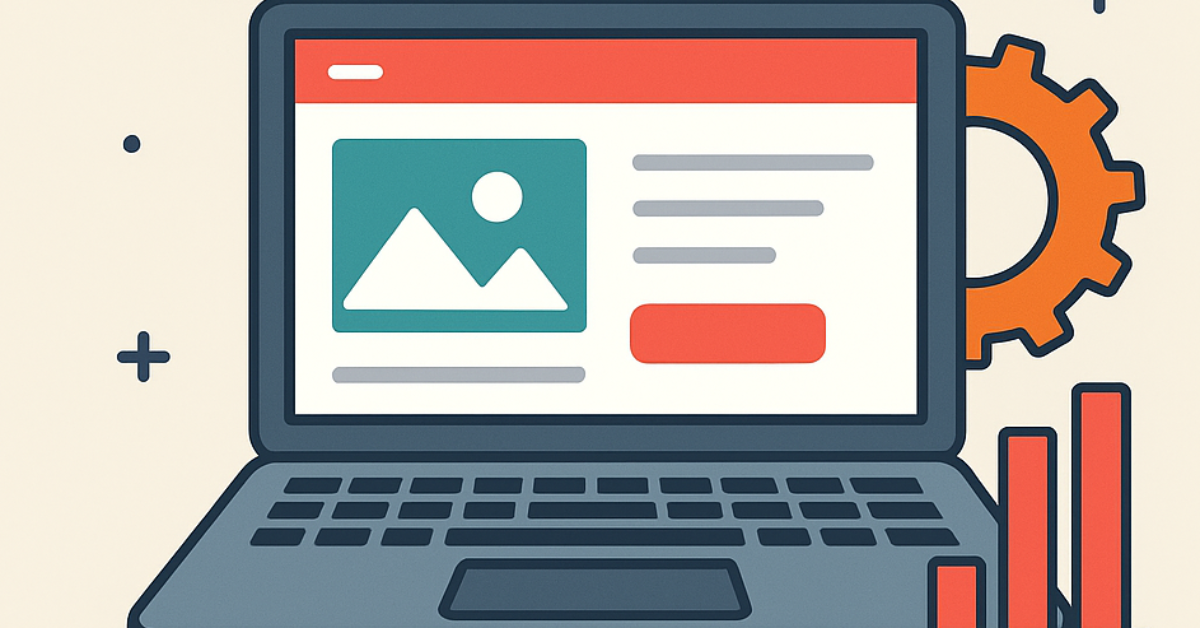
iOS app development is the process of creating software applications for Apple devices, such as the iPhone, iPad, and Apple Watch. iOS apps are developed using the Swift programming language and the Xcode IDE.
In this blog post, we will discuss the basics of iOS app development, including the tools and technologies you need, the steps involved in the development process, and some tips for getting started.
The two main tools you will need for iOS app development are:
In addition to Swift and Xcode, you may also need to use other tools and technologies, such as:
The development process for an iOS app can be broken down into the following steps:
If you are new to iOS app development, here are a few tips to help you get started:
iOS app development is a great way to learn new skills, build your portfolio, and create something that people can use and enjoy. If you are interested in iOS app development, I encourage you to get started today.




Lorem Ipsum is simply dummy text of the printing and typesetting industry. Lorem Ipsum has been the industry's standard dummy. Transform your vision into a fully functioning and highly responsive website with our expert website development services. Our skilled developers utilize the latest technologies to build custom... Introducing the revolutionary travel package management module. Craft dynamic itineraries, tailor pricing, track availability, manage inclusions, automate promotions, analyze trends. Optimize,... Social media marketing: We develop and execute a targeted social media strategy to increase your brand's visibility and engagement on popular social media platforms like Facebook, Instagram, and...Services
![]()
Website Development
![]()
Tours & Travels
![]()
Social Media Marketing
Site Studio is amazing to work with! They are professional, responsive, and delivered a high-quality website that exceeded my expectations. I would highly recommend them to anyone looking for a website development service.
Satisfied people feedback
![]()